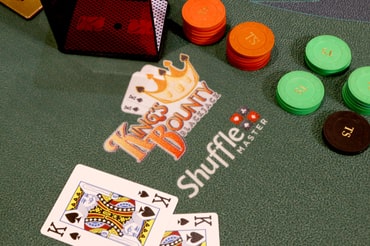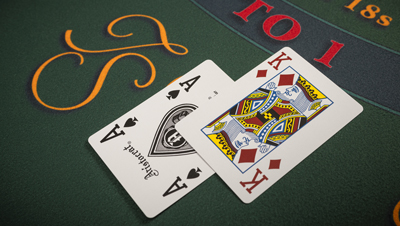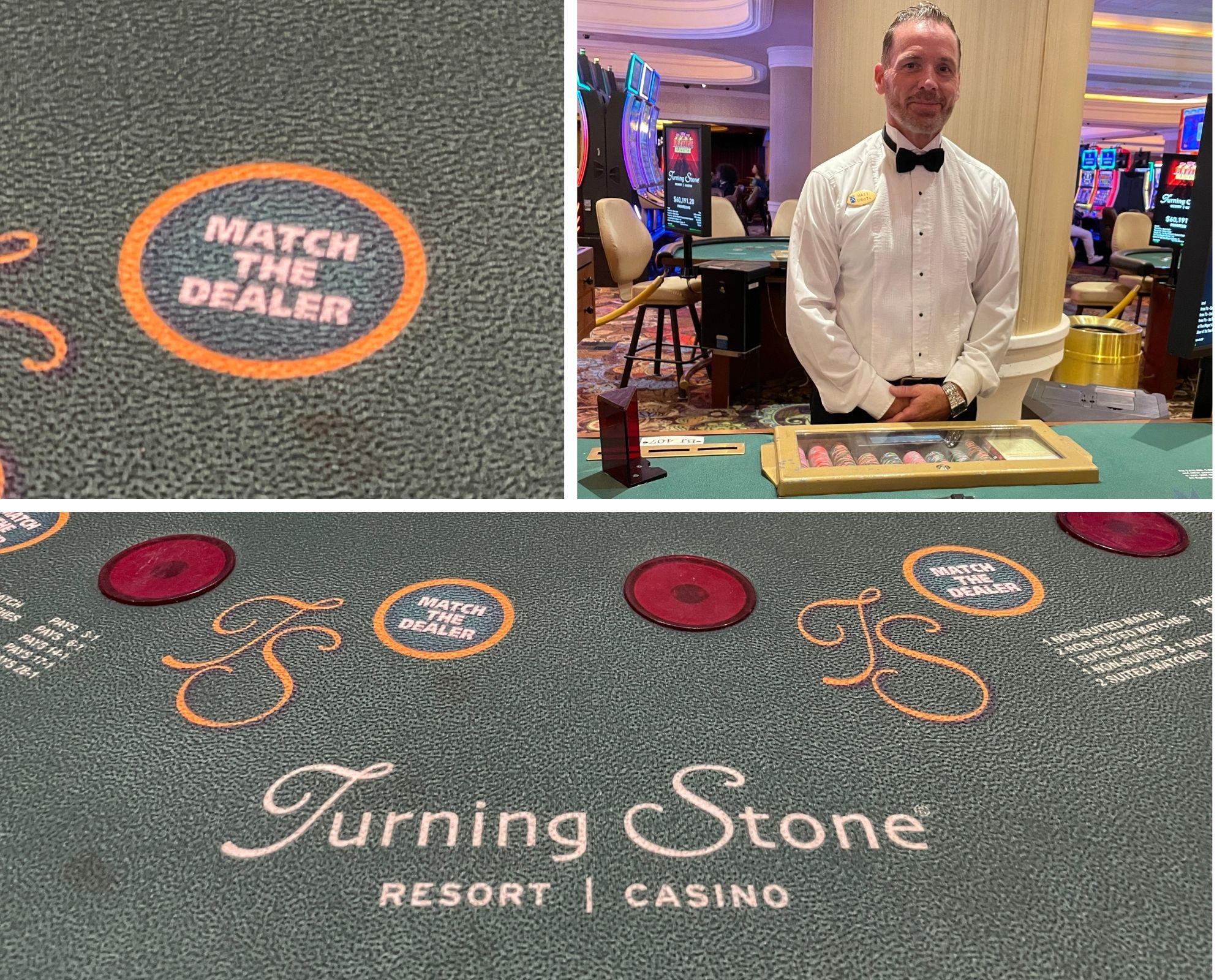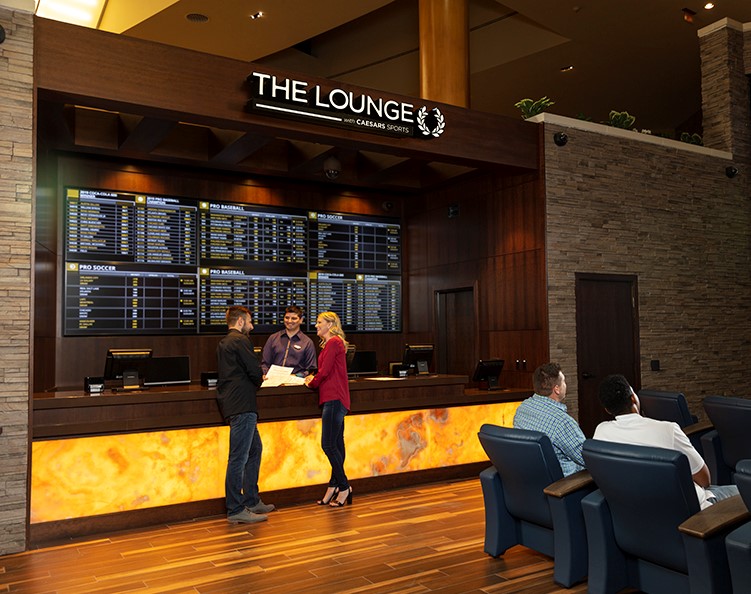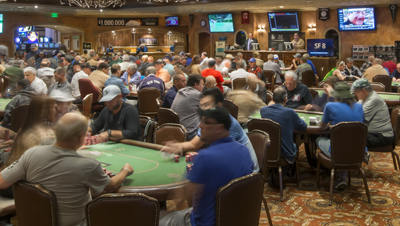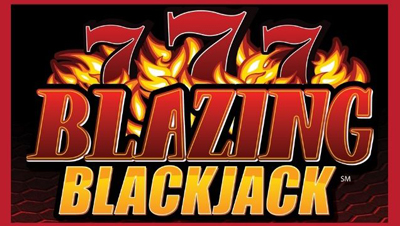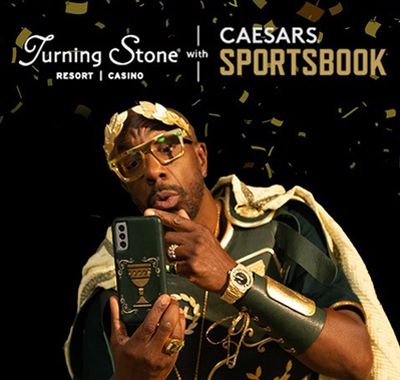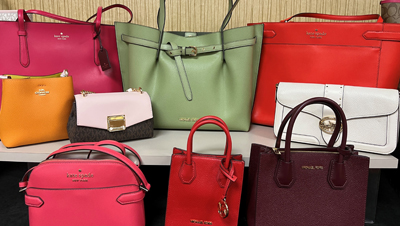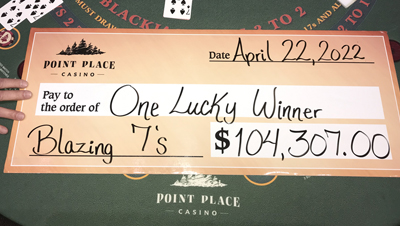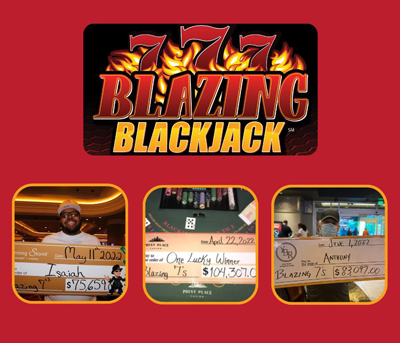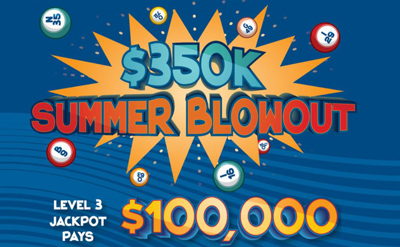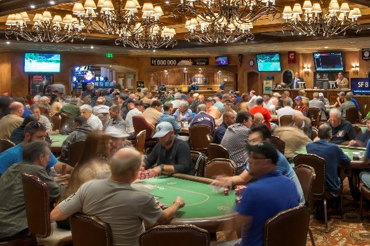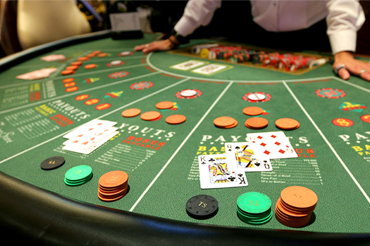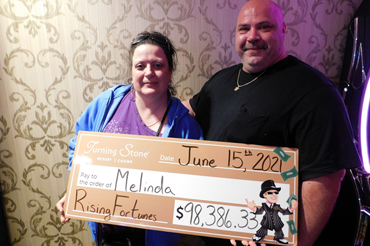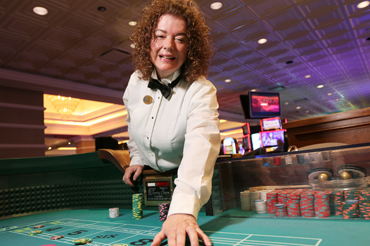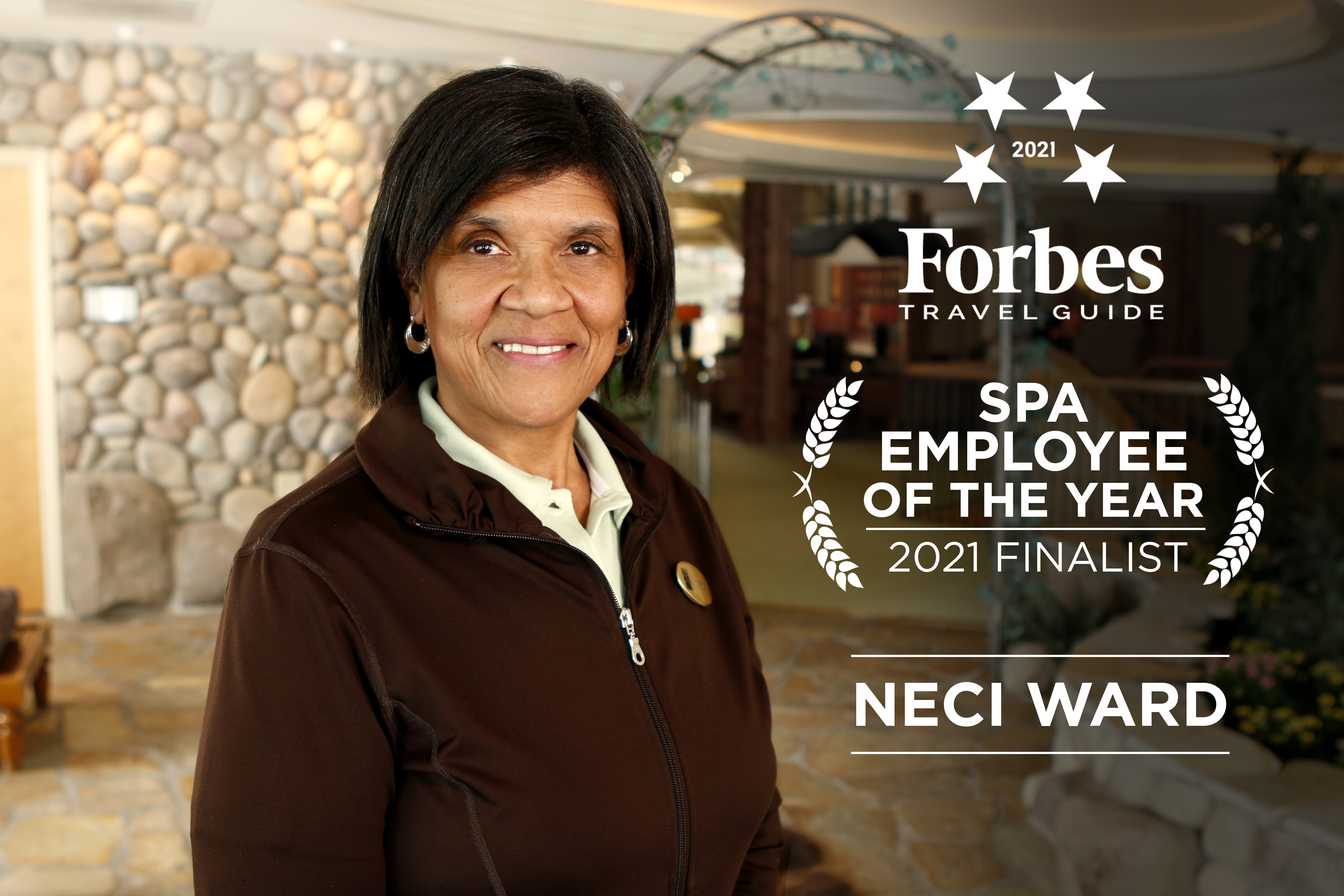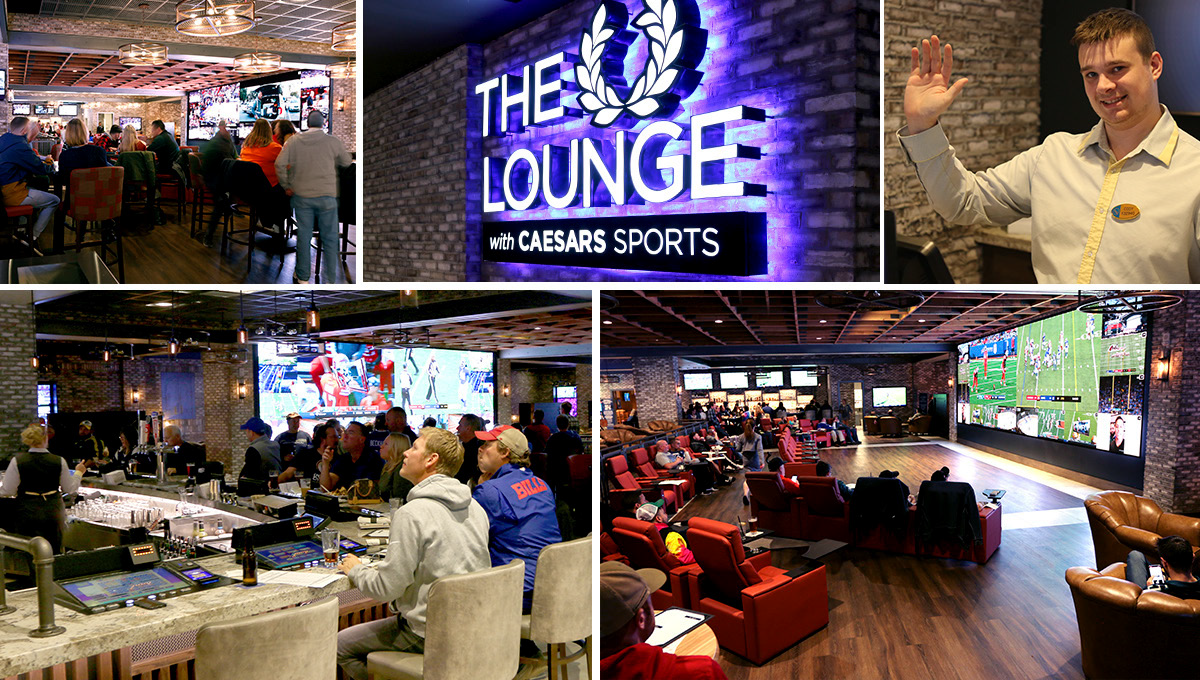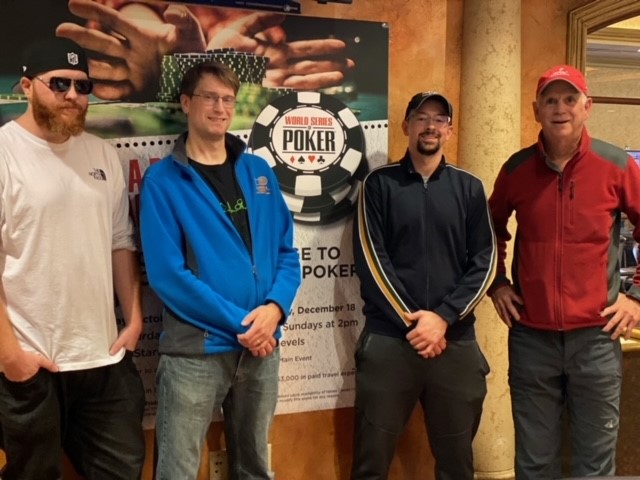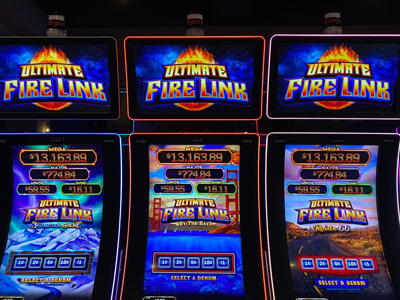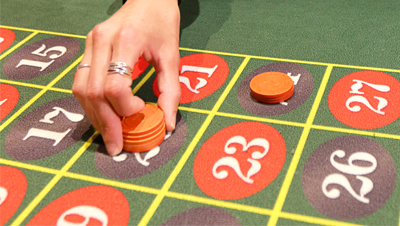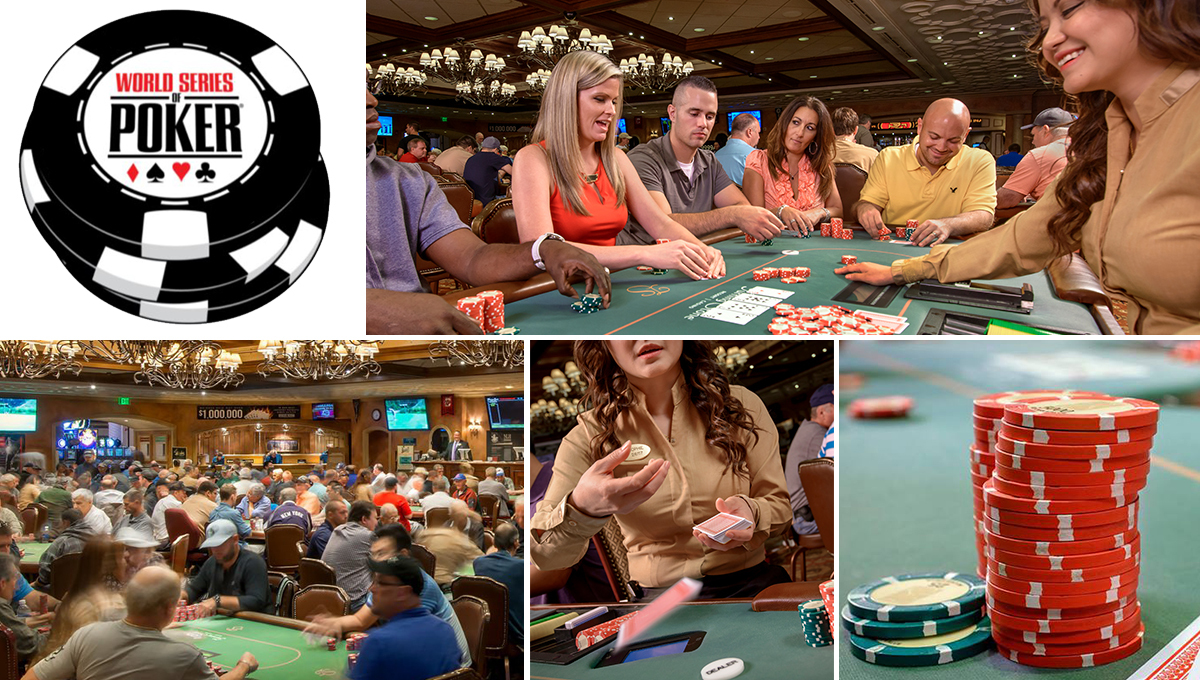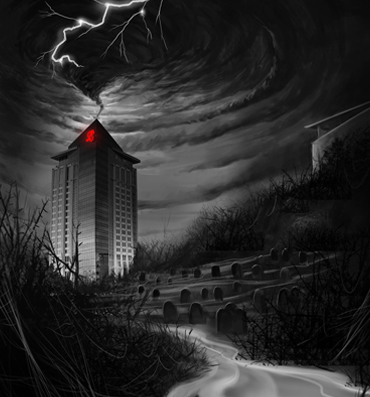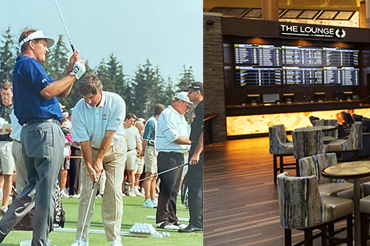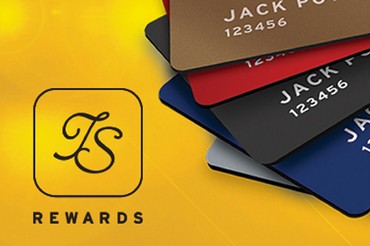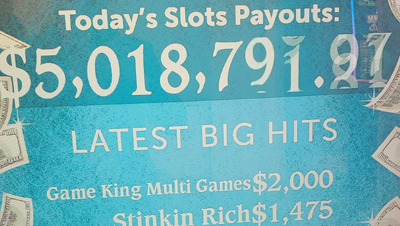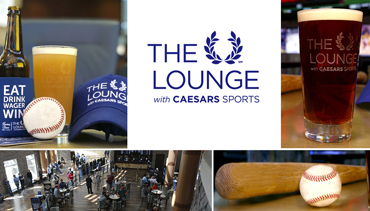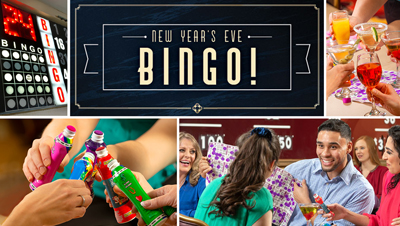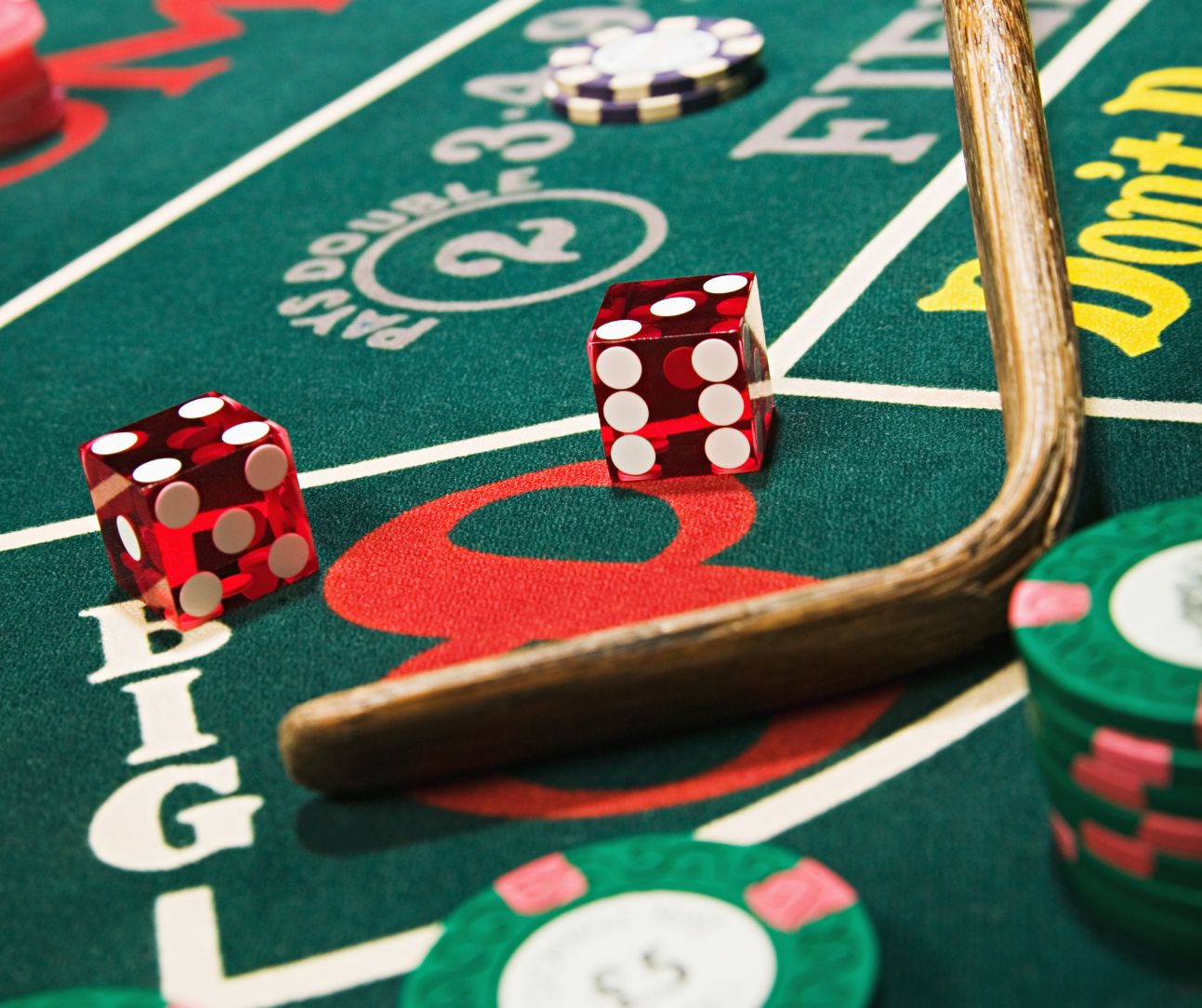
A Primer: Understanding Craps
You always hear a craps table before you see it; cheers from happy players often echo throughout the casino.
But what’s all the yelling about? Why are there three dealers? And what are all those bets anyway?
While craps is one of the most appealing and intriguing games on the casino floor, it can also be one of the most confusing and intimidating. We recently sat down with Turning Stone Craps Dealer Khin Htwe for a lay of the land.
First, the yelling. Khin said people cheer when a shooter (that is, the person throwing the dice) hits a “point,” which is a number that person has established previously as a target. The main goal of the game is to establish a point and hit that point again before throwing a seven.
“It’s always so exciting when someone hits the point,” said Khin, who grew up in Thailand and has been working at Turning Stone since 2013.
Dealers like Khin take one of three positions at the craps table—one of the two “Base Dealer” positions or the “Stick Person.” The “Stick Person” is the dealer in the center of the game calling the numbers that roll who uses a long “stick” to push the dice to a guest and retrieve the dice after a roll. The stick person is responsible for up to 12 guests, who are encouraged to toss their bets down at will.
The seated position behind all the chips in the center is called the “Box Person” and that is a supervisory position.
“There’s always so much going on—people betting different things, throwing all sorts of money at you,” Khin said. “One of the reasons I like dealing craps is because it’s exciting and it’s always different.”
Of course, the bets can get complicated. The most common bets include a Pass Line wager and possible bets on numbers between 4 and 10 (but not seven). It’s also possible to bet on different specific combinations—the “hardways,” for instance, are wagers that both dice will show the same number for 4, 6, 8, or 10. These pay 8 or 10 to 1.
There are other bets on the board, including bets in the center of the table called “Center Bets.” Most of these are one-time wagers, which means payouts on them can be as much as 30 to 1.
Khin said that when a table is packed, these bets can lead to serious payouts—and of course, more cheers.


